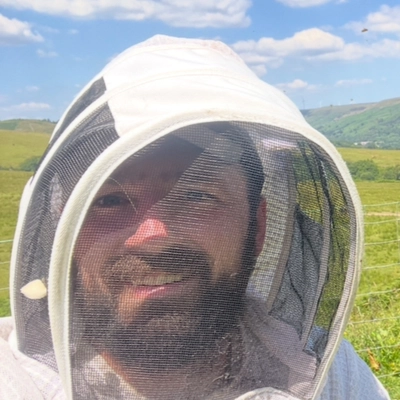How to Manage Pests and Diseases Sustainably and Effectively
Pest and disease management in agriculture and beekeeping is a critical challenge faced by many. This article explores sustainable and effective strategies, drawing on expert insights to tackle this pressing issue. From creating habitat banks for beneficial insects to implementing multi-angled pest management in beekeeping, discover practical solutions that can revolutionize your approach to pest control.
- Create Habitat Banks for Beneficial Insects
- Prevent Pests Through Habitat Modification
- Implement Multi-Angled Pest Management for Beekeeping
Create Habitat Banks for Beneficial Insects
One highly effective and sustainable method for controlling pests is establishing "habitat banks" - strategically planted strips of native flowering plants within and around crop fields that serve as reservoirs for beneficial insects. This isn't just about border plantings; we're talking about intentionally designed ecosystems that function as biological control factories.
The key is selecting plant species that bloom in succession throughout the growing season and provide both nectar for adult beneficials and alternative prey for maintaining predator populations during crop rotations. For example, in corn-soybean rotations, consider strips containing native sunflowers, wild bergamot, and late-season asters combined with bunch grasses that harbor beneficial mites.
Research consistently demonstrates the effectiveness of this approach. University studies have documented 60-80% reductions in economically damaging pest populations - particularly aphids, thrips, and lepidopteran larvae - in fields with properly designed habitat banks compared to conventional management systems. More importantly, these benefits compound over time as beneficial populations establish and overwinter.
What's particularly compelling from an economic standpoint is that these systems typically pay for themselves within two seasons through reduced pesticide costs, while the long-term benefits to soil health from the perennial root systems and reduced chemical inputs create additional value. Growers are essentially turning ecological services into a profit center while building resilience against pest outbreaks.
Start small with test strips, monitor beneficial populations, and scale up based on what works in your specific cropping system and regional conditions.

Prevent Pests Through Habitat Modification
My top tip for managing pests sustainably is to focus on prevention through habitat modification rather than relying solely on chemical treatments. In practice, that means sealing entry points, eliminating food and water sources, and maintaining clean, clutter-free areas inside and outside the property.
For example, in pest control work, we'll often combine physical exclusion—like sealing cracks, installing door sweeps, and repairing screens—with targeted treatments such as botanical-based products. This reduces the need for broad chemical use, keeps non-target species safe, and creates longer-lasting results.
From this approach, we've seen fewer repeat infestations, happier clients who value eco-friendly solutions, and lower long-term costs because the root causes are addressed instead of just the symptoms. It's a win for both the customer and the environment.

Implement Multi-Angled Pest Management for Beekeeping
Our top tip for managing pests and diseases sustainably is to have a multi-angled pest management system.
Varroa mites are a major threat to western honeybees. We approach their management sustainably by initially breeding stock that is resilient to the mite. We use an oxalic acid-based product called Apibioxal to kill mites in the winter and a thymol-based miticide in the spring.
This approach, alongside keeping apiary sites clean, tools kept in buckets of soda water, and hives routinely inspected for disease, has enabled us to grow healthy, thriving stocks.
The winter of 2024/2025 saw large losses of honeybee colonies, with many beekeepers reporting over 30% losses. We lost only 2 colonies.


